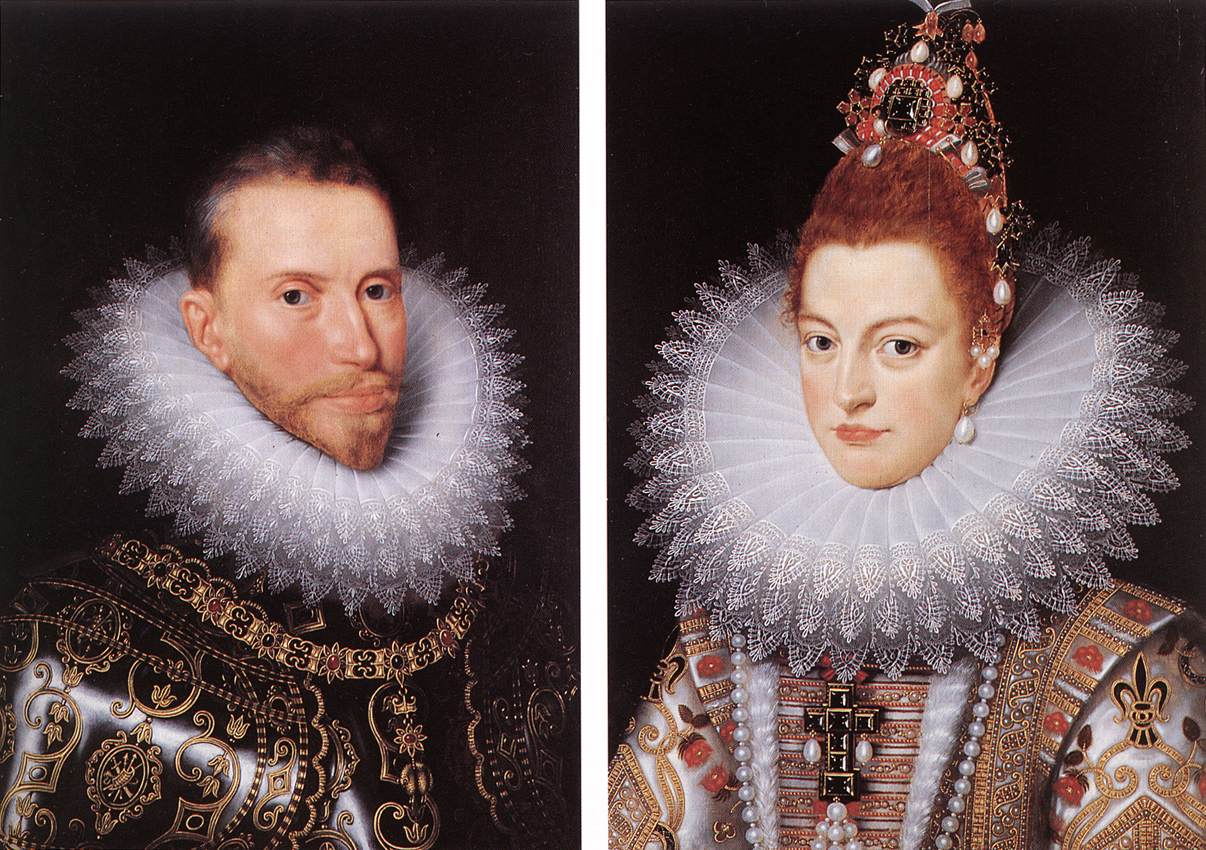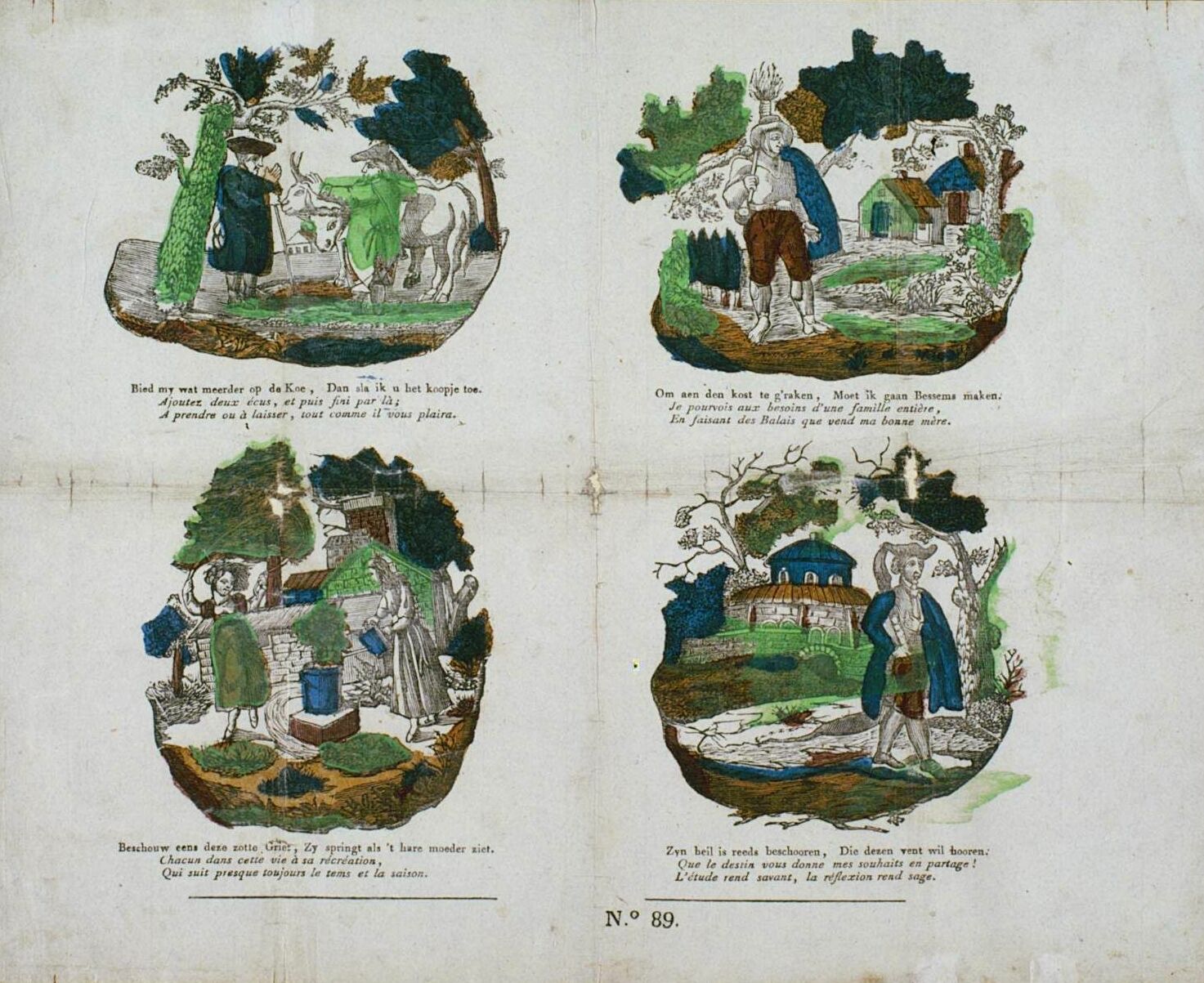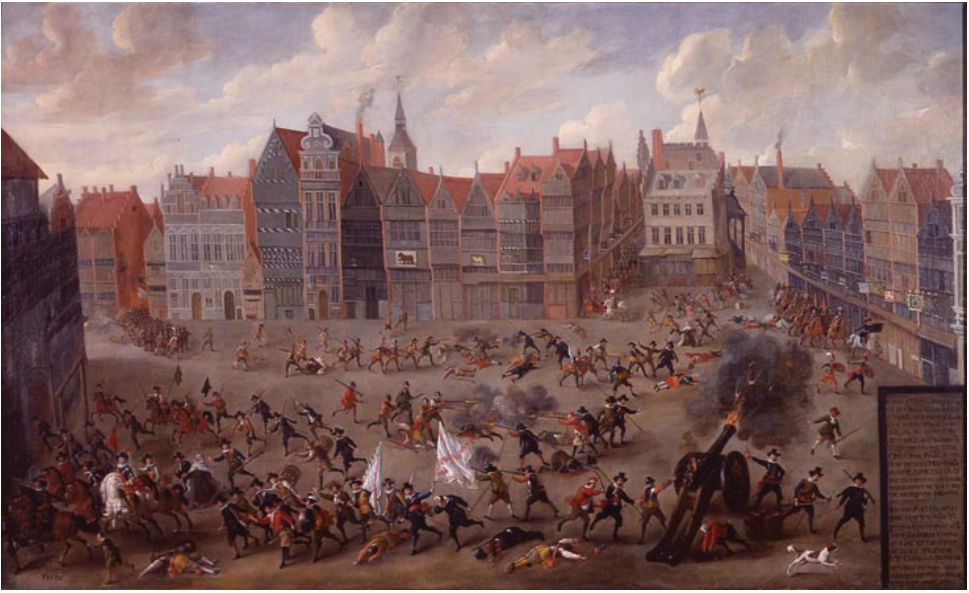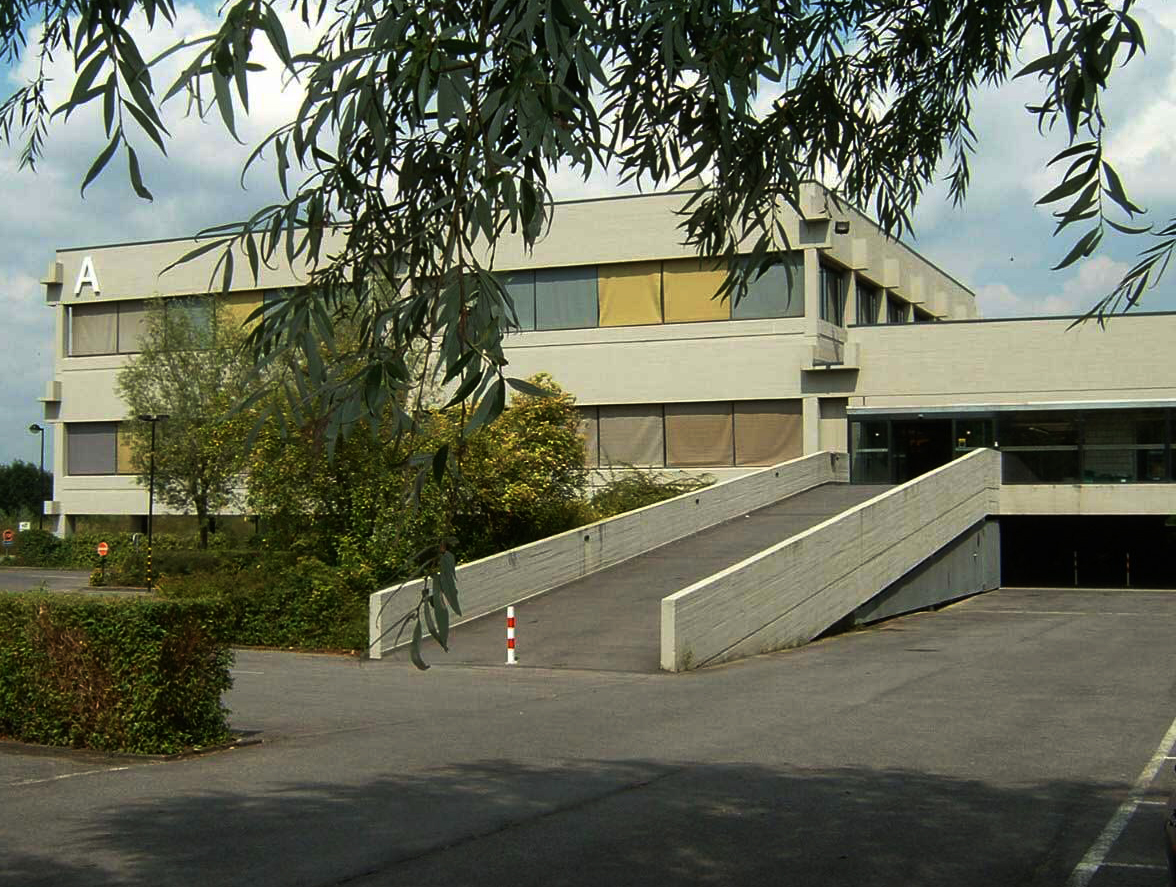|
Perpetual Edict (1611)
The Perpetual Edict of 12 July 1611 was a decree of the Archdukes Albert and Isabella governing legal process in the Southern Netherlands. It consisted of 47 clauses laying out the basic rules of criminal and civil procedure. It was printed in both Dutch and French by Rutger Velpius, printer to the court. The edict had a fundamental impact on the codification of customary law, which it did much to encourage. It also placed a legal obligation on parish churches to register births, marriages and deaths (alongside the existing ecclesiastical legislation to that effect), and on local magistrates to ensure that the secular authorities obtained a copy of such registers each year (a stipulation apparently only applied in the city of Mechelen).A. Libois, "Tekening in een parochieregister: het huwelijk", in ''Doorheen de nationale geschiedenis'' (State Archives in Belgium, Brussels, 1980), pp. 179-190. Studies * Antonius Anselmo, ''Commentaria ad perpetuum edictum serenissimorum Belgii pri ... [...More Info...] [...Related Items...] OR: [Wikipedia] [Google] [Baidu] |
Spanish Netherlands
The Spanish Netherlands (; ; ; ) (historically in Spanish: , the name "Flanders" was used as a '' pars pro toto'') was the Habsburg Netherlands ruled by the Spanish branch of the Habsburgs from 1556 to 1714. They were a collection of States of the Holy Roman Empire in the Low Countries held in personal union by the Spanish Crown. This region comprised most of the modern states of Belgium and Luxembourg, as well as parts of northern France, the southern Netherlands, and western Germany, with the capital being Brussels. The Army of Flanders was given the task of defending the territory. The Imperial fiefs of the former Burgundian Netherlands had been inherited by the Austrian House of Habsburg from the extinct House of Valois-Burgundy upon the death of Mary of Burgundy in 1482. The Seventeen Provinces formed the core of the Habsburg Netherlands, which passed to the Spanish Habsburgs upon the abdication of Emperor Charles V in 1556. When part of the Netherlands separated to ... [...More Info...] [...Related Items...] OR: [Wikipedia] [Google] [Baidu] |
Albert VII, Archduke Of Austria
Albert VII (; 13 November 1559 – 13 July 1621) was the ruling Archduke of Austria for a few months in 1619 and, jointly with his wife, Isabella Clara Eugenia, sovereign of the Habsburg Netherlands between 1598 and 1621. Prior to this, he had been a Cardinal (Catholic Church), cardinal, Roman Catholic Archdiocese of Toledo, Archbishop of Toledo, List of viceroys of Portugal, viceroy of Portugal and Governors of the Habsburg Netherlands, Governor General of the Habsburg Netherlands. He succeeded his brother Matthias, Holy Roman Emperor, Matthias as reigning archduke of Archduchy of Austria, Lower and Upper Austria, but abdicated in favor of Ferdinand II, Holy Roman Emperor, Ferdinand II the same year, making it the shortest (and often ignored) reign in Austrian history. Early life Archduke Albert was the fifth son of Maximilian II, Holy Roman Emperor and Maria of Spain, daughter of Charles V, Holy Roman Emperor and Isabella of Portugal. He was sent to the Spanish Court at the a ... [...More Info...] [...Related Items...] OR: [Wikipedia] [Google] [Baidu] |
Isabella Clara Eugenia
Isabella Clara Eugenia (; 12 August 1566 – 1 December 1633), sometimes referred to as Clara Isabella Eugenia, was sovereign of the Spanish Netherlands, which comprised the Low Countries and the north of modern France, with her husband Albert VII, Archduke of Austria, Archduke Albert VII of Austria. Their reign is considered the Golden Age of the Spanish Netherlands, which saw a revival of its economy and arts after a peace was concluded with the break-away Dutch Republic. Isabella was one of the most powerful women in 16th- and 17th-century Europe. Early life Childhood Isabella Clara Eugenia of Austria was born in the Palace of Valsain, Segovia on 12 August 1566. She was the first surviving daughter of King Philip II of Spain and his third wife, Elisabeth of Valois. Her father was reportedly overjoyed at her birth and declared himself to be happier on the occasion than he would have been at the birth of a son. He already had a male heir, Carlos, Prince of Asturias, ... [...More Info...] [...Related Items...] OR: [Wikipedia] [Google] [Baidu] |
Louis Verreycken
Lodewijk Verreycken (in French language sources referred to as Louis Verreycken) (1552 - 23 October 1621), Lord of Impden, Sart, Ruart, Hamme was secretary of the Council of State of the Habsburg Netherlands and audiencier of the Privy Council of the Habsburg Netherlands. He played an important role as a diplomat and emissary of the Spanish crown and the Habsburg Netherlands in various peace negotiations in Europe, including the Peace of Vervins with France and the Twelve Years' Truce between Spain and the Dutch Republic.Hugo de Schepper. ''Verreycken, Lodewijk / Louis ?, 1552 - Brussel, 23 oktober 1621'' at Dutch Revolt, Universiteit Leiden Career He was born in 1552 as the son of Pieter Verreycken and Catharina van den Da ...[...More Info...] [...Related Items...] OR: [Wikipedia] [Google] [Baidu] |
Southern Netherlands
The Southern Netherlands, also called the Catholic Netherlands, were the parts of the Low Countries belonging to the Holy Roman Empire which were at first largely controlled by Habsburg Spain (Spanish Netherlands, 1556–1714) and later by the Austrian Habsburgs (Austrian Netherlands, 1714–1794) until occupied and annexed by Revolutionary France (1794–1815). The region also included a number of smaller states that were never ruled by Spain or Austria: the Prince-Bishopric of Liège, the Imperial Abbey of Stavelot-Malmedy, the County of Bouillon, the County of Horne and the Princely Abbey of Thorn. The Southern Netherlands comprised most of modern-day Belgium and Luxembourg, small parts of the modern Netherlands and Germany (the Upper Guelders region, as well as the Bitburg area in Germany, then part of Luxembourg), in addition to (until 1678) most of the present Nord-Pas-de-Calais region, and Longwy area in northern France. The (southern) Upper Guelders region consi ... [...More Info...] [...Related Items...] OR: [Wikipedia] [Google] [Baidu] |
Rutger Velpius
Rutger Velpius (around 1540–1614/15) was a 16th- and 17th-century printer and bookseller. He was the first printer in the city of Mons, Belgium, Mons, and later became printer to the court in Brussels. His career coincided closely with the first decades of the Dutch Revolt Life Leuven Velpius became a bookseller in Leuven in 1564, and in 1565 was licensed as a "sworn bookseller" to the Old University of Leuven, University of Leuven. Around 1567 he married Catherine Waen, daughter of the Scottish expatriate bookseller John Waen. In 1570 Velpius was examined and certified as a printer, his certification specifying that he knew Latin, French and Flemish, and a little bit of Greek. For his work in Leuven he used two printer's marks: a large one with a crenellated tower, an angel of vengeance above it and the figures of Justice and Peace embracing before the gates, with the motto ''Justitia et pax osculate sunt. Psal. 84.'' (Justice and peace have kissed); and a smaller one showing ... [...More Info...] [...Related Items...] OR: [Wikipedia] [Google] [Baidu] |
Custom (law)
A legal custom is the established pattern of behavior within a particular social setting. A claim can be carried out in defense of "what has always been done and accepted by law". Customary law (also, consuetudinary or unofficial law) exists where: #a certain legal practice is observed and #the relevant actors consider it to be an opinion of law or necessity ('' opinio juris''). Most customary laws deal with ''standards of the community'' that have been long-established in a given locale. However, the term can also apply to areas of international law where certain standards have been nearly universal in their acceptance as correct bases of action – for example, laws against piracy or slavery (see '' hostis humani generis''). In many, though not all instances, customary laws will have supportive court rulings and case law that have evolved over time to give additional weight to their rule as law and also to demonstrate the trajectory of evolution (if any) in the judici ... [...More Info...] [...Related Items...] OR: [Wikipedia] [Google] [Baidu] |
Brepols
Brepols is a Belgian publishing house. Once, it was one of the largest printing companies in the world and one of the main employers in Turnhout (Belgium). Besides its printing business, Brepols is also active as a publisher. Formerly well known for its missalen, the company is now better known for its specialization in historical studies and editions of classical authors, including the Corpus Christianorum. History In 1795, Pieter Corbeels, a printer from Leuven, moved to Turnhout together with his assistant Philippus Jacobus Brepols, possibly to flee the French army, which occupied Belgium at that time. Corbeels rapidly became the town printer, and he printed passports and pamphlets for the city of Turnhout. In the summer of 1798, Corbeels went to fight against the French as one of the leaders of the ‘’Peasants' War (1798), Boerenkrijg’’. He was caught and executed. Because of Corbeels' fight against the French, his apprentice, Philippus Jacobus Brepols, had to take ... [...More Info...] [...Related Items...] OR: [Wikipedia] [Google] [Baidu] |
Mechelen
Mechelen (; ; historically known as ''Mechlin'' in EnglishMechelen has been known in English as ''Mechlin'', from where the adjective ''Mechlinian'' is derived. This name may still be used, especially in a traditional or historical context. The city's French name, ', had also been used in English in the past (in the 19th and 20th centuries); however, this has largely been abandoned. Meanwhile, the Dutch-derived ' began to be used in English increasingly from the late 20th century onwards, even while ''Mechlin'' remained still in use (for example, a ''Mechlinian'' is an inhabitant of this city or someone seen as born-and-raised there; the term is also the name of the city dialect; as an adjective ''Mechlinian'' may refer to the city or to its dialect.) is a city and municipality in the province of Antwerp in the Flemish Region of Belgium. The municipality comprises the city of Mechelen proper, some quarters at its outskirts, the hamlets of Nekkerspoel (adjacent) and Battel ... [...More Info...] [...Related Items...] OR: [Wikipedia] [Google] [Baidu] |
Antonius Anselmo
Antonius is a masculine given name, as well as a surname. Antonius is a Danish, Dutch, Finnish, Latin, Norwegian, and Swedish name used in Greenland, Denmark, Norway, Sweden, Finland, part of the Republic of Karelia, Estonia, Belgium, Netherlands, Suriname, South Africa, Namibia, and Indonesia, while Antoníus is an Icelandic name used in Iceland. It is also the source of the English personal name ''Anthony'', as well as a number of similar names in various European languages. Antonius is the nomen of the '' gens Antonia'', an important plebeian family of ancient Rome. Marcus Antonius claimed that the gens was descended from Anton, a son of Hercules. Women of the family were called ''Antonia''. The Antonii produced a number of important generals and politicians, some of whom are listed below. For other persons with this name, see Antonia (gens). *Marcus Antonius (83–30 BC), ally of Caesar, triumvir and afterwards enemy of Augustus. Probably the most famous of the Anto ... [...More Info...] [...Related Items...] OR: [Wikipedia] [Google] [Baidu] |
Katholieke Universiteit Leuven Kulak
The Katholieke Universiteit Leuven Associatie Kortrijk (Catholic University of Leuven Campus Kortrijk), or Kulak for short, is a university satellite campus of the KU Leuven in the city of Kortrijk (Courtrai) in the Belgium, Belgian province of West Flanders and is therefore also officially a Dutch-speaking institution. Background As the name implies, it is a university campus affiliated with the Katholieke Universiteit Leuven situated on the southern rim of Kortrijk. The idea behind this campus 50 years ago was twofold, but was embedded in the general movement for more democratisation of the higher education. First of all, Leuven always had a strong portion of its students coming from the West Flanders region. Yet, many prospective students were wary of moving to Flemish Brabant for an adventure that would involve an almost complete rupture with their familiar surroundings. (The area is also known for its student bars, which may cause trepidation in parents). Secondly, the major ... [...More Info...] [...Related Items...] OR: [Wikipedia] [Google] [Baidu] |
Ghent University Library
Ghent University Library () is a university library located in the city of Ghent, Belgium. It serves the Ghent University community of students and scholarly researchers. History After Ghent University was founded in 1817, books confiscated by the state during the French period were given to the university. In 1942, the Book Tower ('' Boekentoren'') was opened, located next to the Blandijn, which houses the Faculty of Arts and Philosophy. Designed by Henry van de Velde, it has since been the chief architectural feature of the library. The library has evolved in recent years, focusing on decentralization and networking rather than a central facility. Some collections of books are to be found in the faculty libraries; but some books are conventionally gathered together in the university library. Digitization A range of electronic resources are available within the UGent network as part of a digital library. The Library has also joined with the Google Books Library Project in dig ... [...More Info...] [...Related Items...] OR: [Wikipedia] [Google] [Baidu] |





